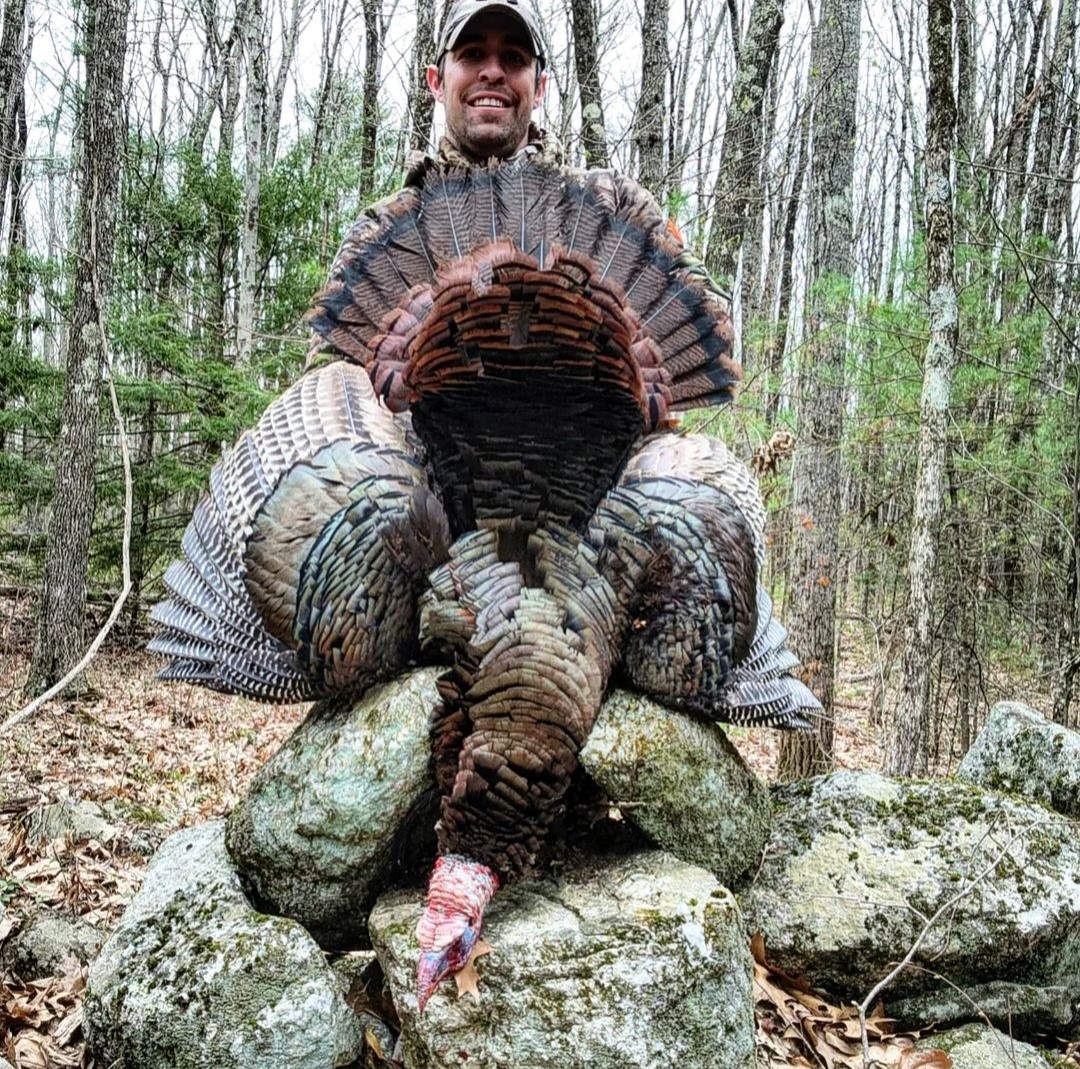
As the spring turkey hunting season draws to a close, hunters who still have a few remaining days left may find themselves scrambling for late-season tactics to bag that elusive last-minute gobbler. Fear not, for with the right approach and understanding of late-season turkey behavior, you can still achieve success in the waning days of the season. In this article, we will discuss late-season turkey hunting tactics, calling techniques, and decoy strategies to help you secure your prize.
Understanding Late-Season Turkey Behavior
To effectively hunt turkeys in the late spring season, it’s crucial to understand how their behavior changes over time. Generally, turkey behavior can be divided into three phases: early, mid, and late season. As the season progresses, turkeys become more cautious due to increased hunting pressure. Adapting your tactics is essential for bagging a late-season gobbler.
Early Season Phase
In the first week or two of the season, hens break away from family groups, and gobblers become increasingly vocal and active as they prepare for breeding. This is often the easiest time to harvest birds, as they are less pressured and can be easily lured to a decoy setup. For more tips on early season hunting, check out our Early Season Turkey Hunting Tips: Expert Strategies for Success.
Mid-Season Phase
During the middle weeks of the season, gobblers become less vocal as breeding reaches its peak. Adaptable turkey calling and run-and-gun setups can produce results in this phase. Learn more about turkey calling techniques in our Turkey Calls 101 guide and Turkey Mouth Calls for Beginners.
Late Season Phase
In the final phase, hens move on to nesting while gobblers transition to feeding. Gobblers become more vocal in a final effort to secure a willing hen but approach cautiously. This is when late-season turkey hunting tactics come into play.
Adapting to Late-Season Environmental Changes
As the late season approaches, hunters must also adapt to the changing environment. Vegetation becomes denser, limiting both the hunter’s and the turkey’s vision and hearing. This creates additional challenges for late-season turkey hunting, requiring hunters to be more vigilant and strategic in their approach.
Mastering Late-Season Turkey Calling Techniques
When it comes to late-season turkey calling, less is often more. Keep your calling soft and subtle, as overcalling can spook wary gobblers. Try these three late-season turkey call strategies:
- Soft and limited calling – Use 2-3 soft yelps followed by a few purrs, then pause for at least 30 minutes. If a gobbler responds, call again, but don’t overdo it. Often, the best practice is to sit tight and wait for him to approach.
- Stop calling altogether – If you’re not confident in your calling, rely on your camouflage and wait in an area where birds will be traveling back and forth, such as feeding areas.
- Switch to a gobbler call – Gobblers rejoin bachelor groups after breeding, so gobbler yelps can lure in a lonely bird looking for companions. Be ready for a silent approach, as they may not respond vocally.
Decoy Strategies for Late-Season Turkey Hunting
In the late season, decoy setups can be simplified to two main strategies:
- Single hen decoy setup – A single feeding hen can stimulate passing gobblers without spooking them. Keep the decoy around 20 yards from your position to allow for a shot if the gobbler hangs up.
- Aggressive full-strut gobbler decoy setup – This strategy challenges a bird’s dominance and can quickly draw in boss gobblers defending their territory. Use this strategy when hunting in the afternoon to catch gobblers moving between feeding areas.
Sometimes, no decoy at all may be the best strategy for pressured birds. If a gobbler seems interested but hangs up well out of range, it may be wise to try hunting him again without any decoy.
Late-Season Turkey Hunting Tips for Success
- Focus on food sources – In the late season, gobblers prioritize feeding over mating. Set up near food plots, agricultural fields, and mature forests where forage is abundant. Ambush gobblers by getting as close as possible to these areas.
- Stay patient – Late-season gobblers are cautious and may take longer to approach your setup. Patience is key to ensuring success during this time.
- Be adaptable – The late season requires a different approach than earlier in the season. Monitor the changing environment and turkey behavior, and adjust your tactics accordingly.
Late-season turkey hunting presents unique challenges, but with a thorough understanding of turkey behavior, environmental changes, and the right strategies, you can still bag a last-minute gobbler. Be patient, adaptable, and focused on your target, and you’ll be well on your way to a successful late-season hunt. Remember, late-season turkey hunting is not merely a last-ditch effort but rather an opportunity to outsmart the most elusive gobblers. By following our expert tips, you’ll increase your chances of securing your prize even in the final days of the spring turkey hunting season. Make sure to check our early-season turkey hunting tips and learn more about turkey chokes, turkey mouth calls for beginners, and turkey decoys to enhance your hunting experience.
[…] new approach. Alter your calls, setup location, and approach direction to keep the bird on its toes. Late-season turkey hunting tactics can be especially useful in these […]